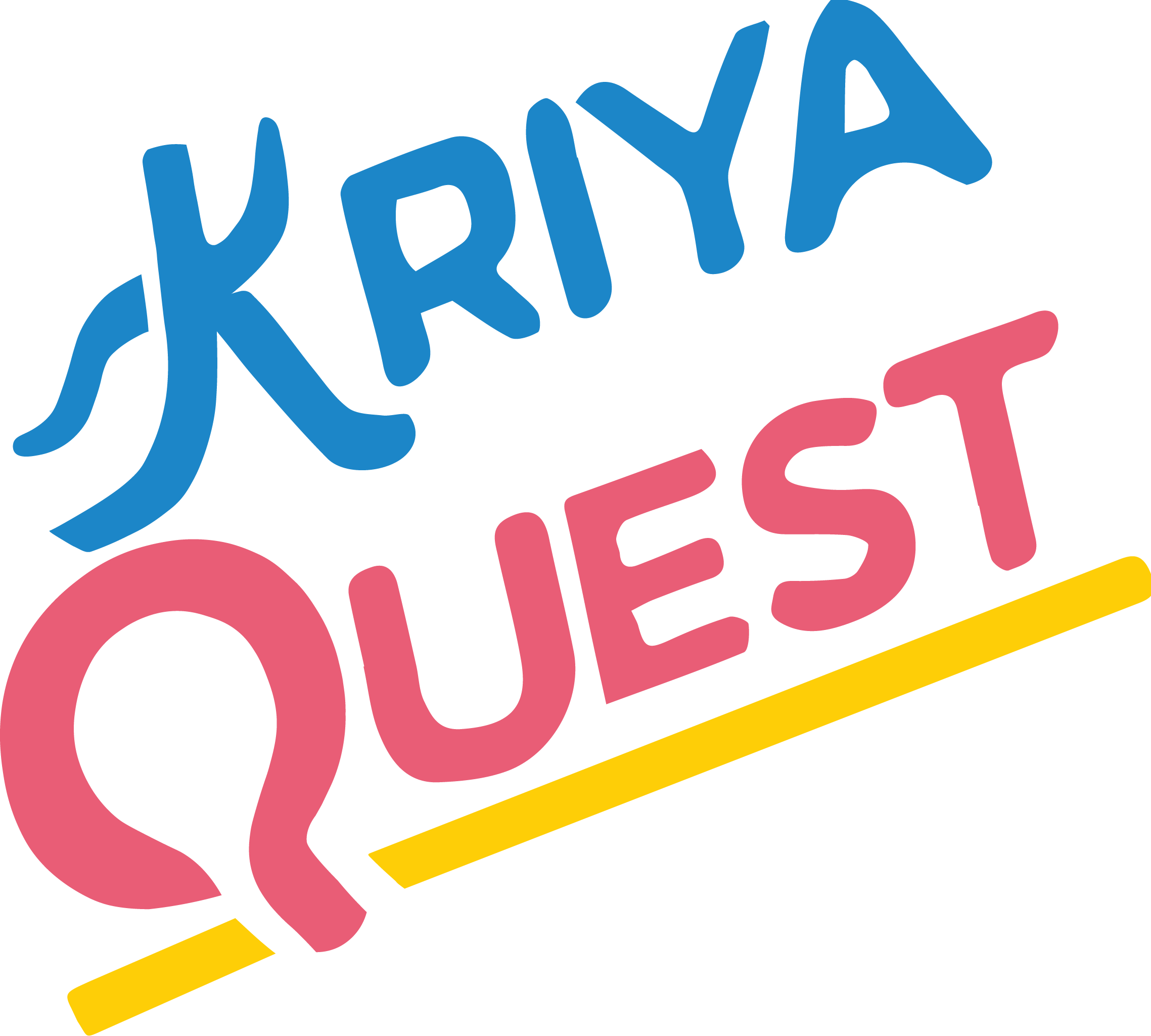Our Journey: From a Classroom Idea to Thousands of Kits in Schools
The Beginning
I can still picture the moment clearly. Years ago, when I was teaching robotics and aeromodelling, I noticed something that stuck with me: kids who had trouble understanding things in books suddenly got excited when they could build and see things work. A motor, a wheel, and a circuit made physics come to life for the first time.
That made me wonder why we don’t teach science like this every day.
That gave me the idea to try out small hands-on activities in the classroom. The effect was immediate. Students were interested. Teachers saw students who were more interested than they had ever seen before. And parents saw their kids excitedly explaining things at home. That was the start of what would later become Kriya Quest.
Perspective 1: Kids remember what they go through
A simple candle carousel was one of our first prototypes. The flames made it spin, and all of a sudden, kids weren’t just reading about heat and motion; they were seeing it happen.
This showed a strong truth: kids don’t remember what they memorize; they remember what they do.
From then on, every kit we made had to follow the same rule: it had to make students want to learn more, give them something to build or show off, and make them want to learn more. When kids touch and play, things stop being abstract. They get personal.
Perspective 2: Teachers Need Tools, Not More Work
Another lesson became clear as our kits made their way to more classrooms. Teachers were happy but also worried: “Will this make my job harder?”
That helped us come up with one of our main ideas: make things easy for teachers.
- Kits had to match the goals of the syllabus exactly.
- They had to be easy to use and not require much preparation.
- They had to fit into class periods without messing up the schedules.
Perspective 3: Parents are quiet partners in education
When students started taking kits home, something surprising happened. Parents began to send us messages saying things like, “For the first time, my child taught me a science idea instead of me teaching them.”
That’s when we understood: parents aren’t just watching; they’re also learning partners.
By making kits that kids can take home, we made learning a family activity. Kids told their parents what was going on, and parents listened. Curiosity spread beyond school. This link between parents became one of our best effects.
From Many to Many
It started as one experiment in one classroom, but now there are thousands of kits in schools. Every milestone, like the first principal who believed in us, the first teacher who said, “This makes my work easier,” and the first parent who called to tell us how happy they were, kept us going.
Today, our kits are available to students in both big cities and small towns. But the main point is still the same: learning should be fun, hands-on, and important.
Looking Forward
So far, our journey has shown us that big speeches don’t bring about change. A child says, “Now I understand,” when they hold a kit and think about an idea.
There have been many lessons along the way from one classroom idea to thousands of kits. But the most important thing is this: experiential learning is not a luxury; it is the future. And the future is already happening in classrooms that choose to make it happen.
Conclusion: A Question for All Parents and Schools
One thing that sticks with me as I look back on our journey is this: Why would we settle for anything less than children who learn with joy and curiosity?
So, to all the parents and school leaders who are reading this, I have a question: Are we getting kids ready to take tests, or are we getting them ready to think, explore, and make things?
Our promise at Kriya Quest is to keep designing for the latter. Classrooms may have been where we started, but it’s the kids who keep us going.
